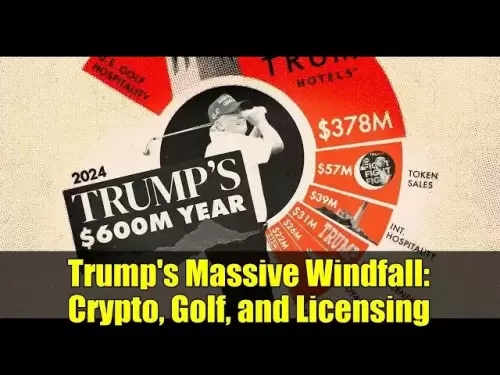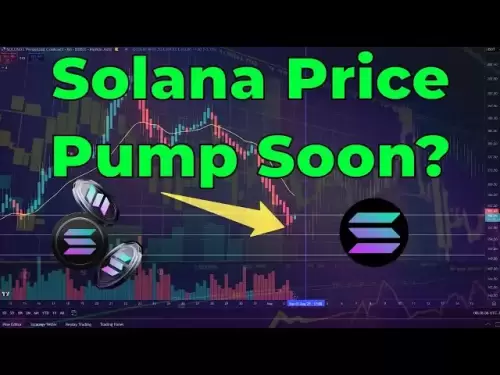-
 Bitcoin
Bitcoin $113700
0.66% -
 Ethereum
Ethereum $3471
-0.04% -
 XRP
XRP $2.885
-0.16% -
 Tether USDt
Tether USDt $1.000
0.05% -
 BNB
BNB $747.8
-0.10% -
 Solana
Solana $161.1
-0.98% -
 USDC
USDC $1.000
0.02% -
 TRON
TRON $0.3255
-0.22% -
 Dogecoin
Dogecoin $0.1980
1.46% -
 Cardano
Cardano $0.7237
2.87% -
 Hyperliquid
Hyperliquid $37.79
0.87% -
 Stellar
Stellar $0.3941
5.48% -
 Sui
Sui $3.422
1.35% -
 Chainlink
Chainlink $16.14
1.97% -
 Bitcoin Cash
Bitcoin Cash $540.7
1.55% -
 Hedera
Hedera $0.2432
4.26% -
 Ethena USDe
Ethena USDe $1.001
0.04% -
 Avalanche
Avalanche $21.31
-0.06% -
 Toncoin
Toncoin $3.624
1.19% -
 Litecoin
Litecoin $109.0
0.76% -
 UNUS SED LEO
UNUS SED LEO $8.967
0.09% -
 Shiba Inu
Shiba Inu $0.00001217
1.84% -
 Polkadot
Polkadot $3.584
1.85% -
 Uniswap
Uniswap $9.123
2.03% -
 Monero
Monero $294.7
0.87% -
 Dai
Dai $0.0000
0.01% -
 Bitget Token
Bitget Token $4.322
0.60% -
 Pepe
Pepe $0.00001048
2.65% -
 Cronos
Cronos $0.1329
2.05% -
 Aave
Aave $257.0
1.88%
How to set the stop loss point of MORPHO? Is it better to adjust the fixed ratio or dynamically?
For MORPHO, setting a stop loss is vital for risk management; choose between a fixed ratio or dynamic adjustment based on your trading strategy and market volatility.
May 20, 2025 at 03:07 pm
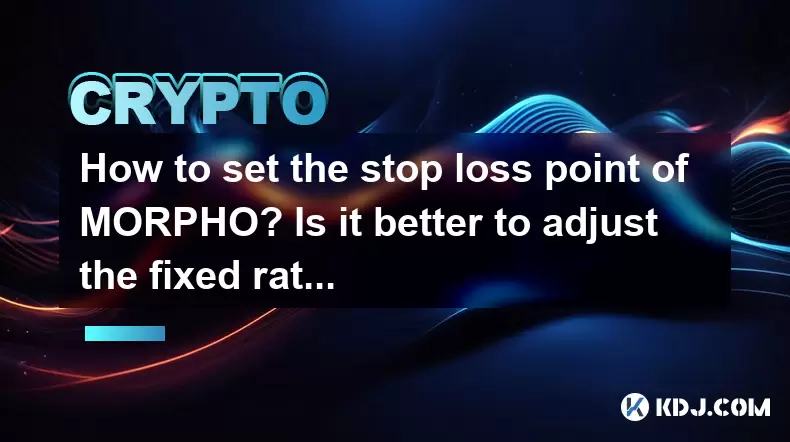
Setting the stop loss point for MORPHO, a cryptocurrency token, is a crucial strategy for managing risk and protecting your investments. Stop loss is an order placed with a broker to buy or sell once the stock reaches a certain price, designed to limit an investor's loss on a security position. When it comes to MORPHO, deciding whether to use a fixed ratio or a dynamic adjustment for your stop loss points depends on various factors including your trading strategy, market volatility, and your risk tolerance.
Understanding Stop Loss in Cryptocurrency Trading
Before delving into the specifics of setting stop loss points for MORPHO, it's important to understand the concept of stop loss in the context of cryptocurrency trading. A stop loss order is essentially a risk management tool that helps traders to cap their losses if the market moves against their position. For MORPHO, which can be subject to high volatility, setting an appropriate stop loss can be the difference between a manageable loss and a significant financial setback.
Fixed Ratio Stop Loss for MORPHO
A fixed ratio stop loss involves setting a stop loss point at a predetermined percentage away from your entry price. For instance, if you buy MORPHO at $100, setting a fixed ratio stop loss at 10% would mean placing your stop loss at $90. This method is straightforward and easy to implement, making it suitable for beginners or those who prefer a more passive approach to trading.
- Determine your risk tolerance: Decide what percentage of your investment you are willing to risk. Common percentages include 5%, 10%, or even 15%, depending on your risk profile.
- Calculate the stop loss price: Multiply the entry price of MORPHO by (1 - risk percentage). For example, if you enter at $100 and your risk tolerance is 10%, your stop loss would be $100 * (1 - 0.10) = $90.
- Set the stop loss order: Use your trading platform to set the stop loss at the calculated price. Ensure that your platform supports stop loss orders for MORPHO.
Dynamic Stop Loss for MORPHO
A dynamic stop loss adjusts based on the price movement of MORPHO. This method is more complex but can be more effective in volatile markets. A common type of dynamic stop loss is the trailing stop loss, which moves up as the price of MORPHO increases but remains fixed if the price decreases.
- Set the initial stop loss: Start with a fixed stop loss based on your entry price and risk tolerance, similar to the fixed ratio method.
- Define the trailing percentage: Decide on a percentage that will trail the highest price reached by MORPHO. For example, if you set a 5% trailing stop loss, your stop loss will move up to 5% below the highest price MORPHO reaches.
- Monitor and adjust: As MORPHO's price increases, your stop loss will automatically adjust upwards. If MORPHO's price starts to decline, the stop loss remains at its last adjusted level until it is triggered or you adjust it manually.
Choosing Between Fixed and Dynamic Stop Loss for MORPHO
The choice between a fixed ratio and a dynamic stop loss for MORPHO depends on your trading style and market conditions. Fixed ratio stop loss is simpler and more predictable, making it suitable for less experienced traders or those who prefer a set-and-forget approach. On the other hand, dynamic stop loss can potentially capture more gains in a rising market but requires more active management and understanding of market trends.
- Consider your trading frequency: If you are a long-term holder of MORPHO, a fixed ratio stop loss might be more suitable as it requires less monitoring. Active traders might prefer a dynamic stop loss to take advantage of short-term price movements.
- Evaluate market volatility: In highly volatile markets, a dynamic stop loss might be more effective in protecting gains while still limiting losses. In more stable markets, a fixed ratio stop loss could be sufficient.
- Assess your risk management skills: Dynamic stop loss requires a good understanding of market trends and the ability to adjust your strategy. If you are confident in your ability to read the market, a dynamic stop loss might be more beneficial.
Implementing Stop Loss on Trading Platforms for MORPHO
To set a stop loss for MORPHO, you will need to use a trading platform that supports stop loss orders for cryptocurrencies. Here is a general guide on how to implement both fixed and dynamic stop loss orders:
- Log into your trading platform: Ensure you are logged into the platform where you hold your MORPHO tokens.
- Navigate to the order section: Find the section where you can place new orders for MORPHO.
- Select the type of order: Choose the stop loss order type. Some platforms might label it as "Stop Order" or "Stop Loss."
- Enter the stop loss price: For a fixed ratio stop loss, enter the calculated price. For a dynamic stop loss, set the initial stop loss and the trailing percentage if supported by the platform.
- Review and submit the order: Double-check all details, including the stop loss price and the quantity of MORPHO you want the order to apply to, then submit the order.
Monitoring and Adjusting Your Stop Loss for MORPHO
Once your stop loss is set, it's important to monitor its performance and make adjustments as necessary. Market conditions can change rapidly, and what was once an effective stop loss strategy might need tweaking to remain effective.
- Regularly check MORPHO's price: Keep an eye on the current price of MORPHO to ensure your stop loss is still aligned with your risk tolerance and market conditions.
- Adjust the stop loss as needed: If MORPHO's price moves significantly, consider adjusting your stop loss to lock in profits or reduce potential losses. For a dynamic stop loss, this might happen automatically, but it's still important to review these adjustments.
- Stay informed about market news: News and events can impact the price of MORPHO. Stay updated to make informed decisions about your stop loss strategy.
Frequently Asked Questions
Q: Can I set a stop loss for MORPHO on all trading platforms?
A: Not all trading platforms support stop loss orders for cryptocurrencies like MORPHO. It's important to check with your specific platform to see if this feature is available and how it works.
Q: What happens if the price of MORPHO gaps below my stop loss?
A: In the event of a price gap, your stop loss order might be executed at a price lower than your set stop loss price. This is known as slippage and is more common in highly volatile markets.
Q: Should I use a stop loss for long-term investments in MORPHO?
A: Using a stop loss for long-term investments can be beneficial to protect against significant downturns. However, setting the stop loss too tight might result in being stopped out during normal market fluctuations.
Q: How often should I adjust my stop loss for MORPHO?
A: The frequency of adjusting your stop loss depends on your trading strategy and the volatility of MORPHO. For active traders, daily or even hourly adjustments might be necessary, while long-term holders might review their stop loss settings weekly or monthly.
Disclaimer:info@kdj.com
The information provided is not trading advice. kdj.com does not assume any responsibility for any investments made based on the information provided in this article. Cryptocurrencies are highly volatile and it is highly recommended that you invest with caution after thorough research!
If you believe that the content used on this website infringes your copyright, please contact us immediately (info@kdj.com) and we will delete it promptly.
- Navigating the Meme Coin Mania: Cold Wallets, SHIB, and DOGE in 2025
- 2025-08-03 22:30:16
- Bitcoin's Price Fall and Scrutiny: What's a New Yorker to Think?
- 2025-08-03 22:30:16
- Altcoins Most Searched: Hedera (HBAR) and the ETF Hype
- 2025-08-03 20:50:16
- Arbitrage Adventures: Creditcoin, Kaspa, and Chasing Crypto Profits
- 2025-08-03 20:30:16
- Claude HIVE & Code Agents: Faster Coding Revolution?
- 2025-08-03 20:50:16
- Trump Media, Bitcoin, and Crypto: A Surprising Alliance in the Making?
- 2025-08-03 21:30:16
Related knowledge
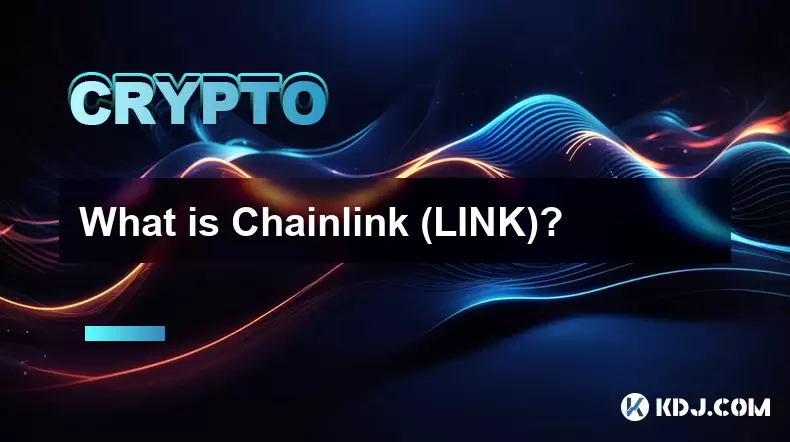
What is Chainlink (LINK)?
Jul 22,2025 at 02:14am
Understanding Chainlink (LINK): The Decentralized Oracle NetworkChainlink is a decentralized oracle network designed to bridge the gap between blockch...
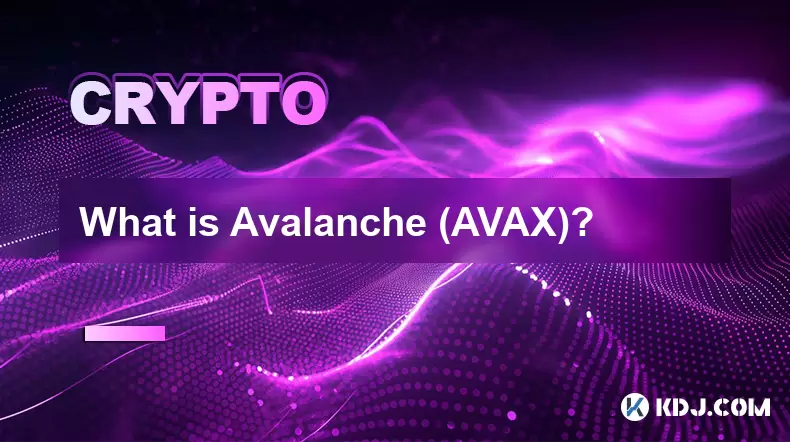
What is Avalanche (AVAX)?
Jul 22,2025 at 08:35am
What is Avalanche (AVAX)?Avalanche (AVAX) is a decentralized, open-source blockchain platform designed to support high-performance decentralized appli...
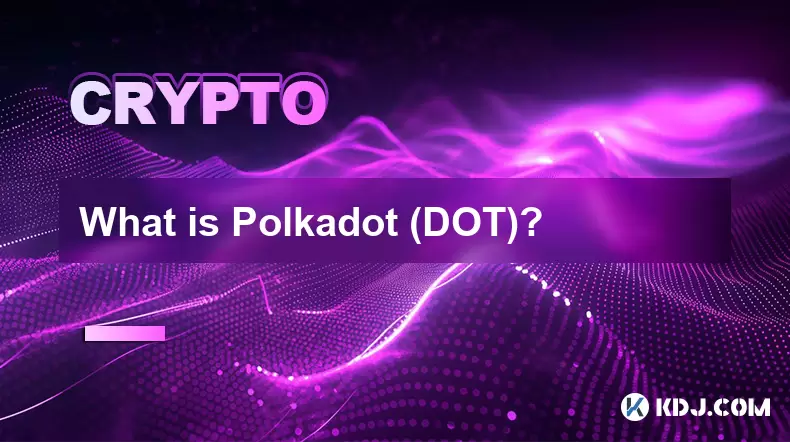
What is Polkadot (DOT)?
Jul 19,2025 at 06:35pm
Understanding the Basics of Polkadot (DOT)Polkadot (DOT) is a multi-chain network protocol designed to enable different blockchains to transfer messag...
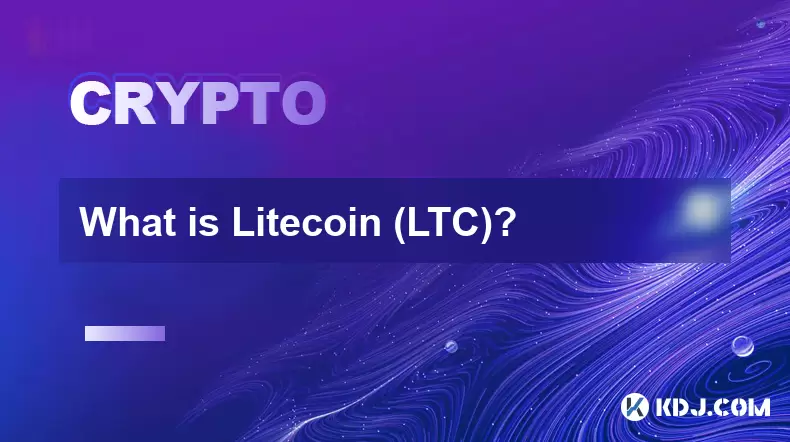
What is Litecoin (LTC)?
Jul 23,2025 at 11:35am
Overview of Litecoin (LTC)Litecoin (LTC) is a peer-to-peer cryptocurrency that was created in 2011 by Charlie Lee, a former Google engineer. It is oft...
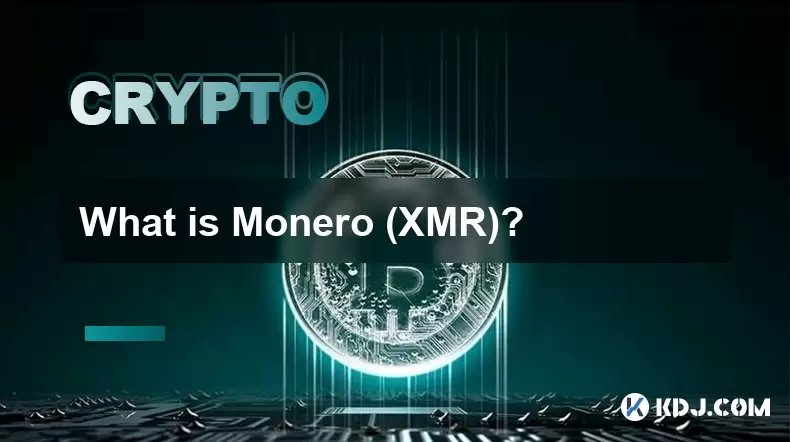
What is Monero (XMR)?
Jul 21,2025 at 10:07am
What is Monero (XMR)?Monero (XMR) is a decentralized cryptocurrency designed to provide enhanced privacy and anonymity for its users. Unlike Bitcoin a...
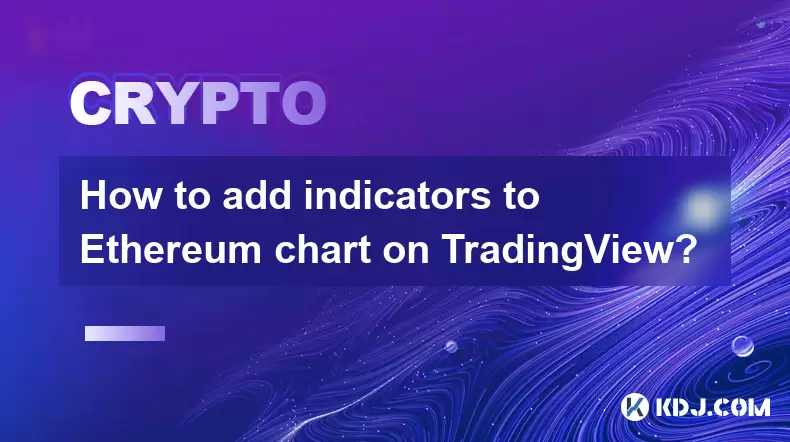
How to add indicators to Ethereum chart on TradingView?
Jul 19,2025 at 07:15am
What Is an Ethereum Chart on TradingView?The Ethereum chart on TradingView is a visual representation of the price movement of Ethereum (ETH) over a s...

What is Chainlink (LINK)?
Jul 22,2025 at 02:14am
Understanding Chainlink (LINK): The Decentralized Oracle NetworkChainlink is a decentralized oracle network designed to bridge the gap between blockch...

What is Avalanche (AVAX)?
Jul 22,2025 at 08:35am
What is Avalanche (AVAX)?Avalanche (AVAX) is a decentralized, open-source blockchain platform designed to support high-performance decentralized appli...

What is Polkadot (DOT)?
Jul 19,2025 at 06:35pm
Understanding the Basics of Polkadot (DOT)Polkadot (DOT) is a multi-chain network protocol designed to enable different blockchains to transfer messag...

What is Litecoin (LTC)?
Jul 23,2025 at 11:35am
Overview of Litecoin (LTC)Litecoin (LTC) is a peer-to-peer cryptocurrency that was created in 2011 by Charlie Lee, a former Google engineer. It is oft...

What is Monero (XMR)?
Jul 21,2025 at 10:07am
What is Monero (XMR)?Monero (XMR) is a decentralized cryptocurrency designed to provide enhanced privacy and anonymity for its users. Unlike Bitcoin a...

How to add indicators to Ethereum chart on TradingView?
Jul 19,2025 at 07:15am
What Is an Ethereum Chart on TradingView?The Ethereum chart on TradingView is a visual representation of the price movement of Ethereum (ETH) over a s...
See all articles























